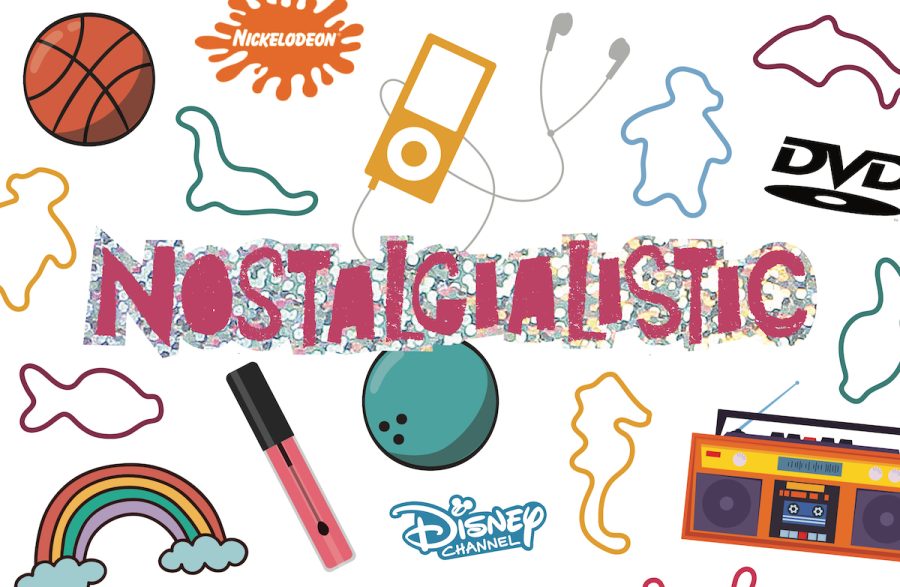My childhood home was a towering white farmhouse. It was set off the road by route of a long, winding driveway, bookended by ancient pine and oak trees. The house itself was ancient as well, built hundreds of years before I ever set foot in it.
Because of its old age, the house had no insulation, making it absolutely freezing during northern Illinois winters. One year, a window in my light-pink bedroom quite literally cracked when the temperature dropped below zero on a snowy January night.
But while the house I grew up in could be quite cold temperature-wise, my mom managed to fill it with warmth in other ways. Even if the warmth was metaphorical, the joy she created was very much real, and it gave my childhood a sweet glow that I am entirely grateful for.
When I reminisce about my childhood, the playroom is oftentimes the setting of the shiny memories that flood my brain. The sunny, expansive room was home to laughter, imagination and, of course, play.
One of the main features of the space was a large wooden table, which was consistently fraught with speckles of color and glitter from messy art projects. Tiny, colorful chairs sat tucked beneath the art table—red, green, blue and yellow.
At the art table, my older sister and I put our creative efforts together and crafted elaborate birthday cards, glimmering jewelry and, most memorably, a lot of crafts involving pom-poms.
Though an abundance of art was made at the table, plenty of other activities took place there. The expansive surface served as the perfect setting for playing school, a game I held a very complicated relationship with.
As a child, I genuinely loved attending actual school, which I think I owe mostly to my mom’s career choice; teaching kindergarten.
So initially, playing school with my sister was great fun. She’d make up fun “assignments” and grade my past work while I completed my student tasks.
We both favored the teacher role for a variety of reasons. For one, it gave us permission to chastise each other without argument. Being teacher also granted permission to use our abundance of special stickers, for grading purposes of course.
But my sister was not immune to the phenomenon that seems to befall the majority of big sisters: bossiness. It wasn’t long before she monopolized the very school system we’d created and stopped letting me be the teacher, insisting that she had more to teach me because she was older.
So, my memories of playing school aren’t completely free of malady, but they are joyful for the most part.
Another notable hallmark of the playroom was the doll corner, which faced an antique piano and a massive armoire overladen with art supplies.
I can not overstate the seismic impact of American Girl Dolls on my family. Whether they were having a successful boom at the time or my family just really liked American Girl Dolls, I’m not sure, but my sister, cousins and I adored them like nothing else.
Miniature bunk beds fashioned by my grandpa housed our culmination of American Girl Dolls, and our beloved Bitty Babies rested beneath a rosebud-dotted quilt. A wicker basket full of doll outfits contained everything from gymnastics leotards to Bitty Baby jammies.
And in this very corner, my sister and I came up with our complex American Girl Doll universe, in which Julie and Mia were famous singers who were constantly faced with celebrity drama. Our game went on for years, stopping and picking back up as simply as a paused conversation.
The five-year difference between my sister and me seemed to dissolve when we sat down and started playing, regardless of the activity, and all that remained was smiles and simple fun.
So, even if the doll corner was special, the whole playroom was a place of warmth and light. But really, the plays I performed, doll scenarios I acted out and crafts I made were all special because they happened alongside my uber-creative sister, who was my absolute idol growing up.
O’Brien can be reached at obrienml0364@uwec.edu.










